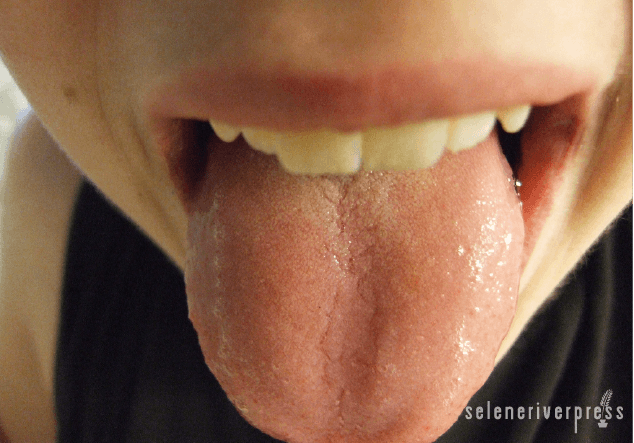How often do you think about your tongue? Unless you get a canker sore or burn it on some hot soup, I’d be willing to bet that you’re like most other people and rarely consider it at all. Yet if you were to take an occasional glance in its direction, you could learn quite a lot.
Here are some interesting factoids you probably didn’t know about your tongue (or forgot since your last biology class):
- Those bumps you see aren’t your taste buds but rather papillae. Don’t worry—your taste buds are there too, but they’re too small to see when you look in the mirror.
- You cannot taste anything through your taste bud receptors until your food mixes with saliva. Since salt dissolves quickly, you’ll taste that first.
- Your tongue is home to between 3,000 and 10,000 taste buds.
- There are eight muscles in your tongue—four intrinsic and four extrinsic. On average, the human tongue is four inches long.
- In Tibet, sticking your tongue out is considered a friendly greeting.
So what can your tongue tell you? Turns out, it’s kind of the red carpet to your health. Well, hopefully it’s not really red. The hue of a healthy tongue is actually a lovely shade of pink. It should wiggle around in there without much restriction and be slightly damp.
A change in the appearance of your tongue is just one way your body may be trying to tell you something is going on with your health. Here are some things to watch out for:
- Color. Sometimes a purple tongue can be a tip off that your kid snuck a grape lollipop from the hidden treat bucket. But if you haven’t had any lollipops lately, it may indicate a bacteria buildup in your mouth. If so, you need to step it up with your oral hygiene. (Ever heard of tongue scraping?) Also, if your tongue has a black, yellow, or white coating, it may be time for some self-health education.
- Surface appearance. When your body is deficient in certain nutrients—like B vitamins or iron—the surface of your tongue may change from its normal bumpy, slightly fuzzy feel. It can become completely smooth or develop deep grooves or patches here and there. Remember, nutrition affects everything.
- Bumps and sores. Irritations such as common canker sores or lumps on one side or the other can be clues that your body is dealing with a bacterial infection or having an allergic reaction to something you ate. If you discover a lump, be sure to have it checked out to rule out any major health issues.
Do yourself a favor this morning. Take five minutes to really look at your tongue. Wash your hands and run a finger across its surface to become familiar with how it feels. Next time you aren’t feeling your best, look at it again and see how it changed. Your tongue has a tale to tell. Make sure you’re paying attention.
(Photo Credit: Mike Burns)
 Get self-health education, nutrition resources, and a FREE copy of A Terrible Ten: Health Foods That Ain't ebook.
Get self-health education, nutrition resources, and a FREE copy of A Terrible Ten: Health Foods That Ain't ebook.

